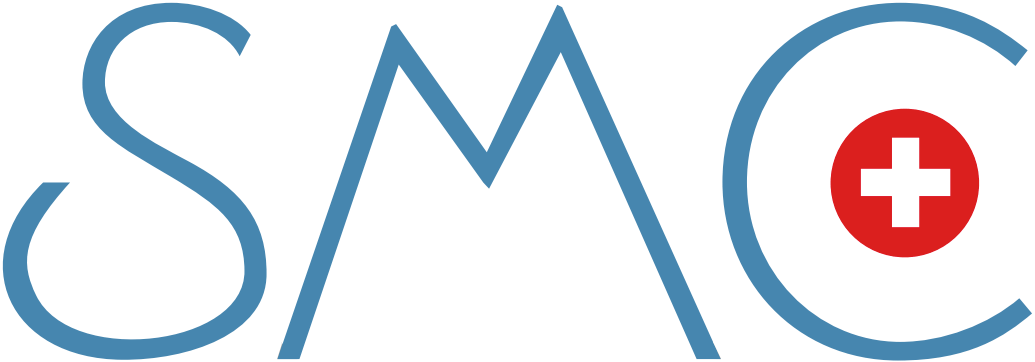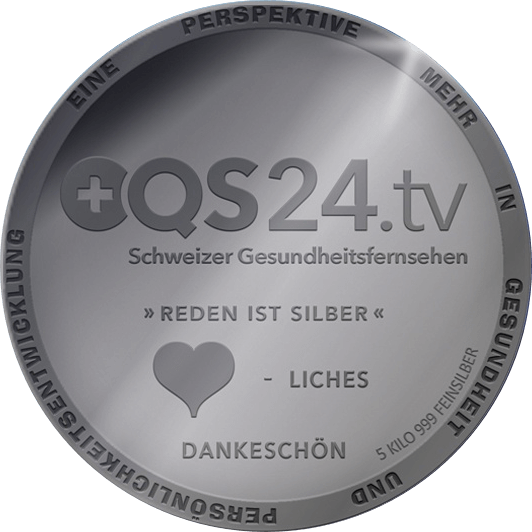Baunscheidt method – acupuncture of the west
In summer 1848, Carl Baunscheidt (1809 – 1872), suffering from gout, was bitten by a mosquito in his garden in Bonn-Endenich. Firstly, he became annoyed at the increasingly reddening insect bite area. He was surprised however when his gout pain started to slowly fade away and a couple of days after the notable insect bite, the pain had disappeared completely. This gave the scientist and master mechanic the idea of manufacturing a needle instrument which he later named ''Lebenswecker (life awakener)''. When Baunscheidt died on 1st October 1872 in Endenich, many known personalities lost a dedicated doctor. In his honour, a street in Bonn was named after him.
The Baunscheidt scarificator consists of a disc with two centimetre diameter loaded with 33 steel needles which only penetrate one to two centimetres deep into the skin. With the aid of a spiral spring, time can be saved while using the scarificator and the skin can be treated in a target manner. Apart from the scarificator, Baunscheidt also invented the needle roller, which can easily be rolled over the skin. As a matter of course both instruments need to be sterilised before use. Many people trusted the instruments of Baunscheidt: They were purchased by millions of people together with the indispensable Baunscheidt oil. A big secret surrounded the Baunscheidt oil at the beginning. There was a lot of speculation about its ingredients until his great-granddaughter handed over its recipe to a pharmaceutical firm. After some trials, Baunscheidt made up his oil using croton oil, mustard oil, pepper oil, tansy, black pepper and olives thus, Oleum Baunscheidtii was invented and incidentally is only available on prescription .
Artificial skin rash
Before the treatment, the patient is provided with detailed information so that he can interpret the pre-cipitation process correctly. After this, the doctor pricks the skin with the Baunscheidt scarificator or needle roller only one to two millimetres deep. No drops of blood should come out. However, if in the rare event that this does happen, it can be considered insignificant. The doctor applies the oil with cotton buds after releasing the needle. After rubbing oil over the skin, the artificial skin rash appears. Here, the pa-tient has to rethink a little since certain diseases are normally associated to rashes. In the case of this treatment however, these rashes are a positive sign towards normal functioning of the body's defence mechanisms against penetrating toxic or pathogenic material. After 36 hours, the blisters have fully developed, and the bandage is removed. The vesicles are filled with sterile pus or tissue fluid; they are a sign of detoxification of the tissue on the outer side. The blisters are pressed with a clean linen towel and after a few days they dry out and disappear without leaving any scars behind. After a week, the skin is spotless again – regardless of how it looked earlier.




